If you enjoy reading this article, why not check out our articles on When is Spider Season? The Quick Answer and Should You Kill Spiders? Short Answer: No
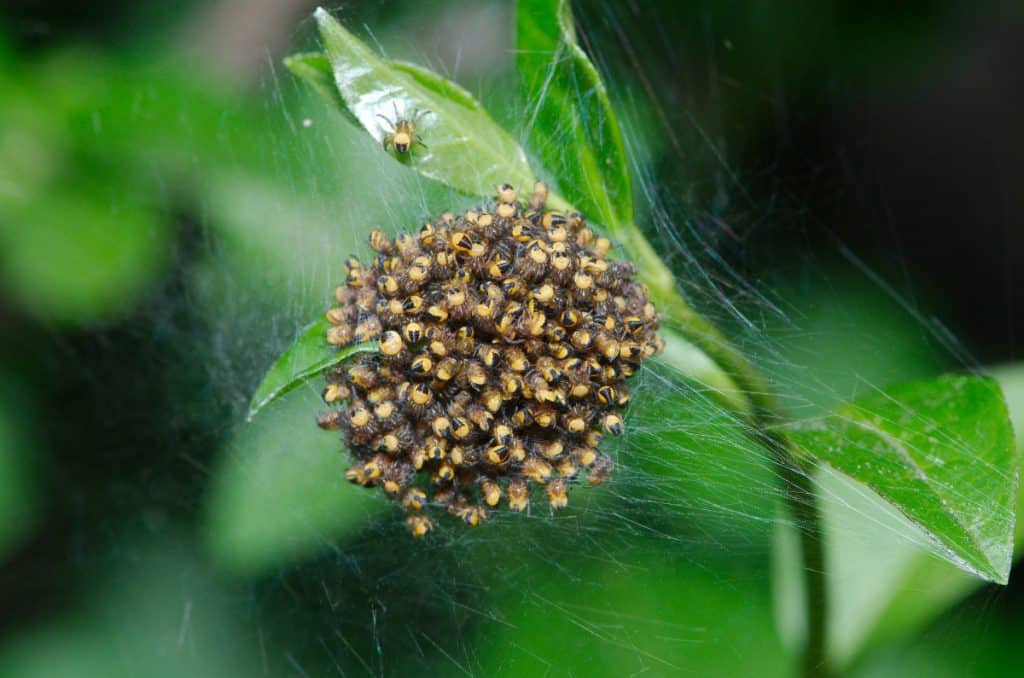
marsupium photography
https://commons.wikimedia.org/wiki/File:Ball_of_spiderlings_(19211910991).jpg
How Many Spiderlings Can a Spider Have?
How many spiderlings can a spider have? Depending on the species, spiders lay between two and one thousand spiderlings. Spiders can lay eggs that turn into spiderlings by the hundreds at one time. Therididae spiders can deposit over two-hundred eggs in their sac, laying nine egg parcels with many fertilizations. When it comes to how many spiderlings can a spider have, typically, females affix these sacs in their web or tote them around physically until they turn into spiderlings.
“Therididae spiders can deposit over two-hundred eggs in their sac“
How Do Spiders Reproduce Spiderlings?
Mating can be a bit dangerous for the predatory spider and especially for the males. Extra care is necessary when the male spider attempts to meet a female. He will use his claws to send even, gentle vibrations throughout the web. Unlike a scared insect’s jerky, quick movement, he announces his arrival this way. He still, however, needs to convince the female that he is not there to be her food. The male Nursery Web spider wraps an insect in silk and gives this as a gift to the female. The female will mate with him if she chooses not to eat him. In fact, after mating with him, she still might eat him. How many spiderlings can a spider have? It really depends on the species.
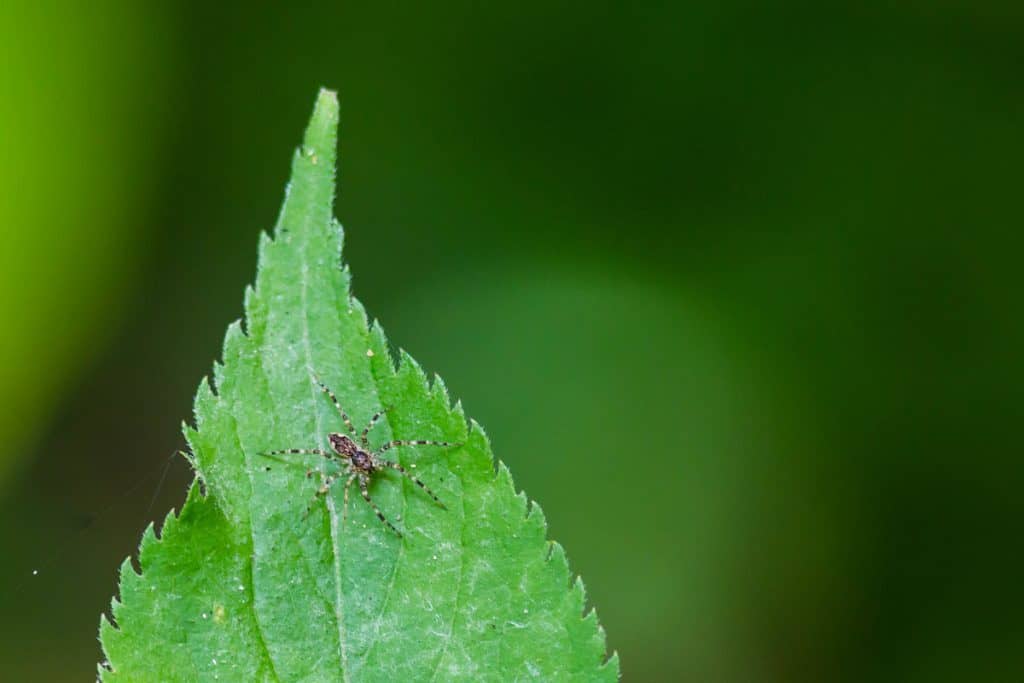
https://commons.wikimedia.org/wiki/File:Nursery_web_spider_(27555313616).jpg
How Many Spiderlings Can Comb Foot Spiders Have?
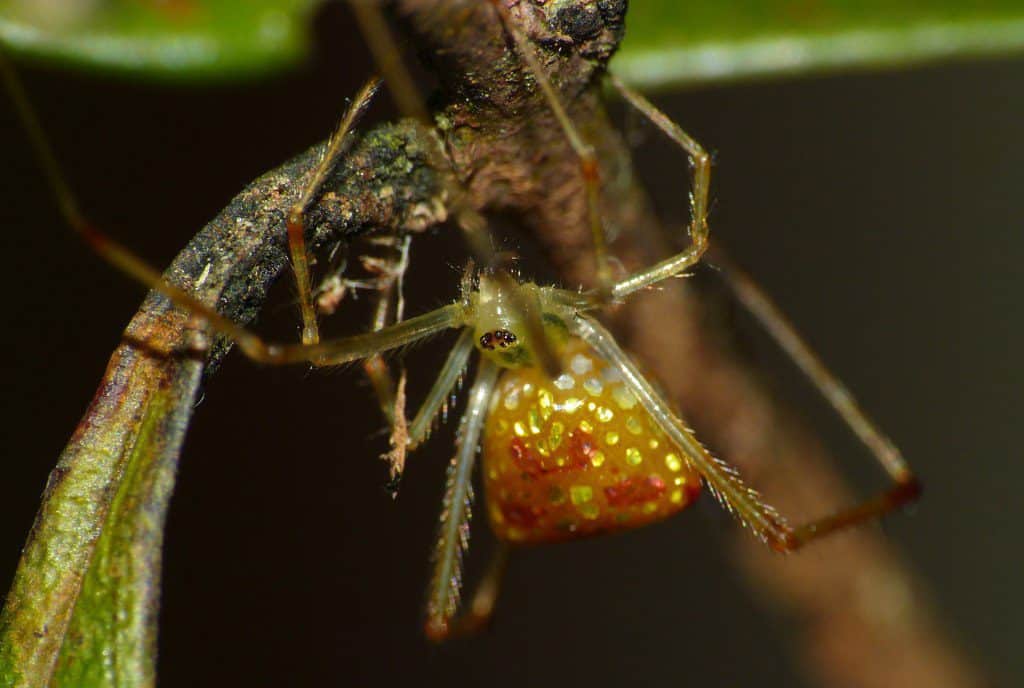
https://commons.wikimedia.org/wiki/File:Comb-Footed_Spider_(Thwaitesia_sp.)_(8756390031).jpg
Comb Foot Spiders feed their young spiders with liquid from their mouths. After the eggs hatch, many spiders go off on their own, leaving the spiderlings to survive on their own. Comb Foot Spiders can have between 25 to a thousand eggs, all of which turn into spiderlings.
How Many Spiderlings Can Hobo Spiders Have?
With long, thin legs and brown bodies, Hobo Spiders are twelve to eighteen millimeters in length. Both female and male Hobo spiders have pedipalps, which look like two short arms between their legs in front. The males are for transferring sperm to the female. In the autumn, many males of this type tend to look for mates in human homes. Once they mate, the female lays egg batches within silk egg cases in well-hidden spots. From the eggs, spiderlings hatch but remain within the case for the first molts. These spiders need to shed their skin to grow and do molt several times. Hobos can lay 100 eggs at a time that turn into spiderlings. Curious about when exactly hobo spiders lay their eggs? We talk about it in our article When is Spider Season?
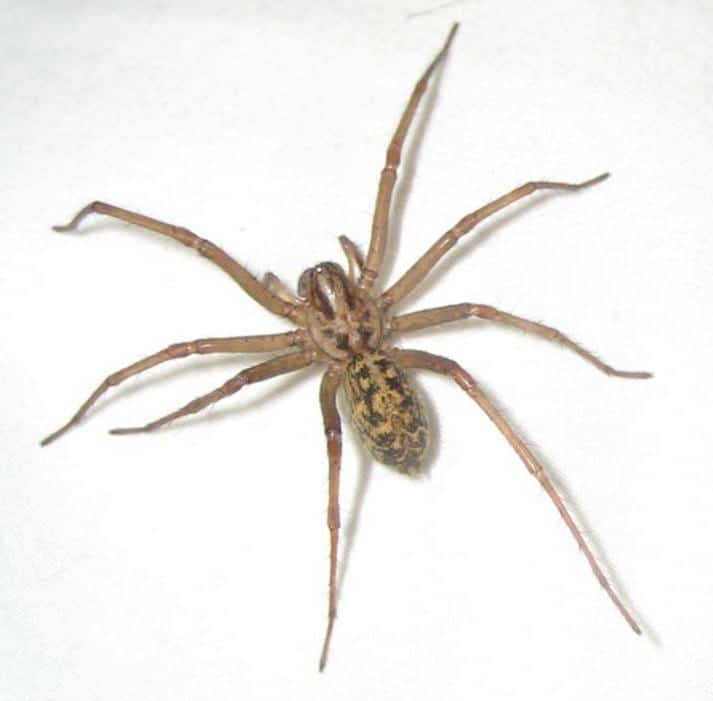
Judgeking
https://commons.wikimedia.org/wiki/File:Hobo-spider.jpg
How Many Spiderlings Can Domestic House Spiders Have?
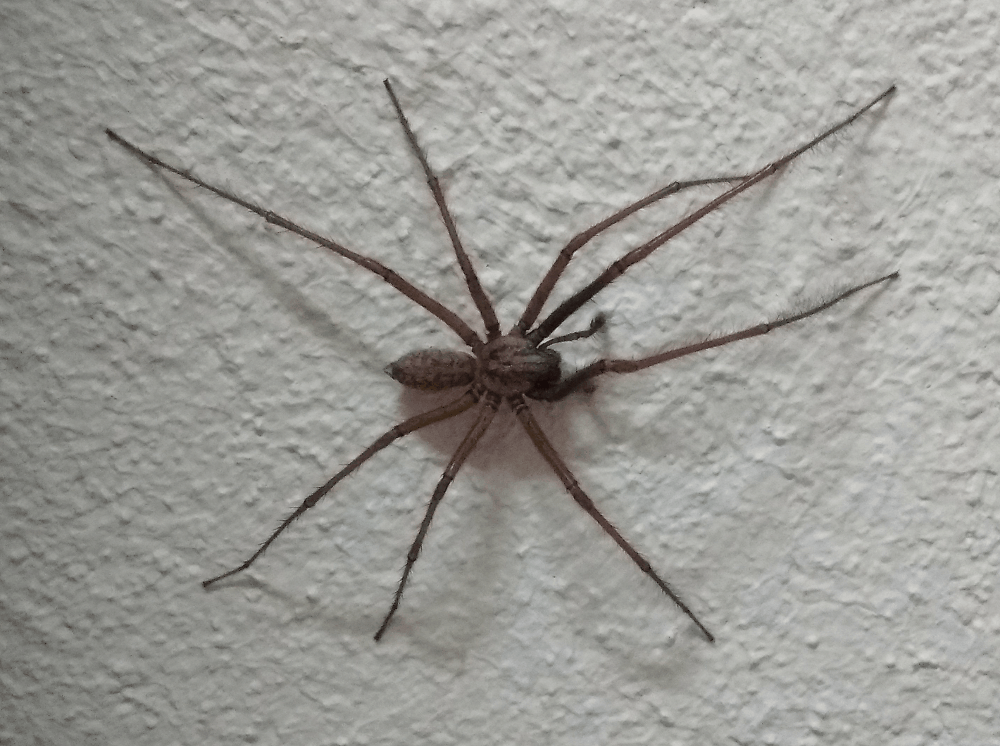
Darmo117
https://commons.wikimedia.org/wiki/File:Tegeneria_domestica.png
Tegeneria Domestica is the Domestic House Spider. Slightly smaller than the Hobo Spider, Domestic House Spiders are sometimes called Barn Funnel Weavers. They have striped legs, a brown body, and abdomens with small circles. The male grows about 6 millimeters and the females grow up to ten millimeters. The female lays large egg clusters of up to fifty. From the egg sac, spiderlings hatch and disperse. This type lives for about one year and mates at any time of the year. Their webs have a flattened part ending in a funnel retreat.
How Many Spiderlings Can The Cupboard Spider Have?
Also known as the Brown House Spider, Cupboard spiders live in many locations globally. They reside in dank, dark areas including garages, crawl spaces, and basements. Typically, these spiders are not as aggressive as other types. However, their bodies look like Black Widow Spiders with thin legs and a bulbous abdomen. Their webs are sticky and tangled. They reach up to six millimeters while females reach up to ten millimeters. Their webs are breeding and mating ground. They mate at any time of the year with the mating happening on the web. After breeding, the males tend to pass away. Cupboard Spiders lay 150 to 300 eggs, all of which turns to spiderlings.
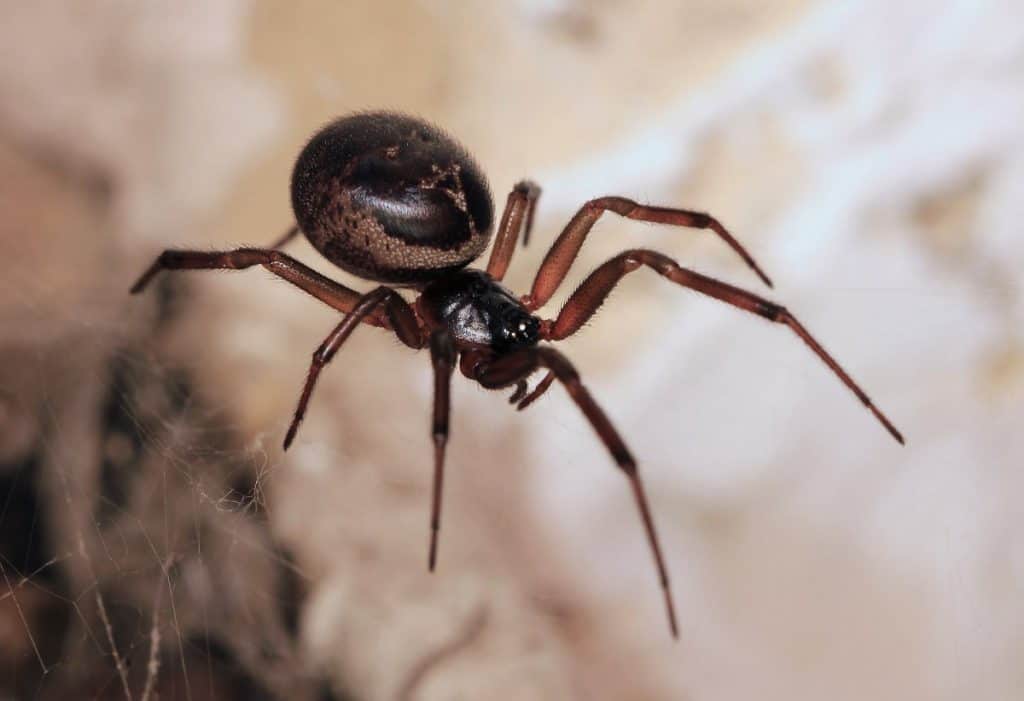
Stu’s Images
https://commons.wikimedia.org/wiki/File:Steatoda_nobilis,_Noble_False_Widow_spider.jpg
How Many Spiderlings Can The American House Spider Have?
Also known as the common house spider, the American house spider is not as aggressive with males. She is the one who initiates mating. Often, females and males live together on the same web. The spiders live upside down on the underside of the web. Once ready, the female sends a signal to the male by shaking her legs in the air or plucking the web. At any time of the year, she may mate with one male several times or with several males. Up to 250 eggs can be deposited into a silk sac at one point. Flask-like in shape, these sacks are usually brown. In one lifetime, female spiders produce up to 17 sacs, which results in over four thousand eggs. Spiderlings hatch within one week. Adults can survive for up to 12 months.
How Many Spiderlings Can Jumping Spiders Have?
The zebra jumping spider is widespread in the northern hemisphere. They stalk their prey on sunny windowsills and exterior walls. The female lays a single cocoon of thirty eggs after a mating ritual that is nothing short of elaborate. The male spider signals with its front legs to the female, convincing her of his intentions and that he is not prey. If he succeeds, his sperm is transferred to appendages called pedipalps into her reproductive organs. These spiders lay about 135 eggs at a time, all of which turn into spiderlings.
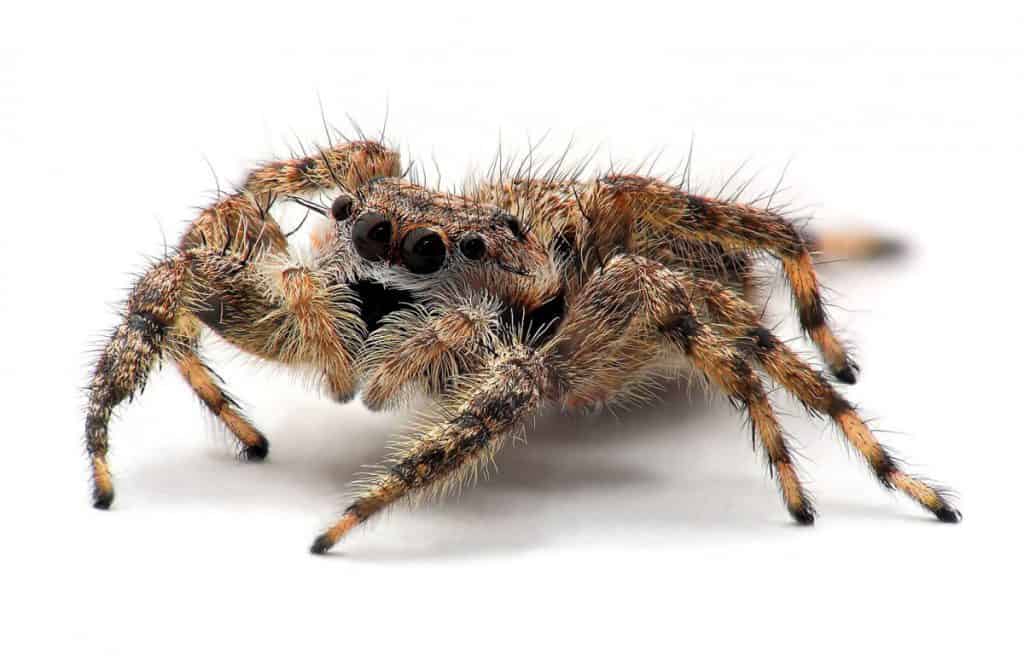
Kevincollins123
https://commons.wikimedia.org/wiki/File:PlatycryptusUndatusFemale.jpg
How Many Spiderlings Can Cellar Spiders Have?
Also known as Daddy Long Legs, Cellar Spiders are found in much of the world and are usually in dim corners of the rooms and basements on airy webs. They are long-legged, slender spiders that lay up to twenty or thirty eggs per cocoon. The mom carries her bundle of eggs and then when the spiderlings hatch, she carries them in her jaws. Typically, the mother cares for her spiderlings up to nine days after they hatch.
How Many Spiderlings Can Wolf Spiders Have?
Wolf spiders are fast-moving, active large spiders that tend to enter homes especially in the autumn when temperatures cool. Wolf spiders are supermoms. They attach egg sacs to spinnerets in their abdomen and until her eggs hatch, she will carry the sac with her. The male Wolf spider will wave his front hairy legs at the female. The female lays about a hundred eggs at a time. Once her spiderlings are born, they stay on her back until they are developed fully. They live off her egg yolks which could take weeks. They go hunting with her and everywhere else she goes. If one spiderling falls off, the mother spider waits until it is back on top. Every female Wolf spider protects their eggs by covering them with a silk blanket and making them lie down on a silk bed. She wraps them in even more silk to make a sac. Until her spiderlings hatch, she guards and hangs the sac somewhere safe. Often, her spiderlings hatch and finish developing inside the sacs. Some moms will stay until every spiderling has left the sac. Others will die or leave before they see their spiderlings.
“Every female Wolf spider protects their eggs by covering them with a silk blanket and making them lie down on a silk bed.“
How Many Spiderlings Can Giant House Spiders Have?
Also known as the Great European House Spider, the Giant House Spider reaches up to eighteen millimeters. It has a painful bite but is not a threat. Brown in color, this type also has pedipalps like Hobos which transfer sperm to females. They seek mates in the autumn and can be found in many human homes. They lay fifty eggs per egg sac with only one percent of the eggs turning into spiderlings.
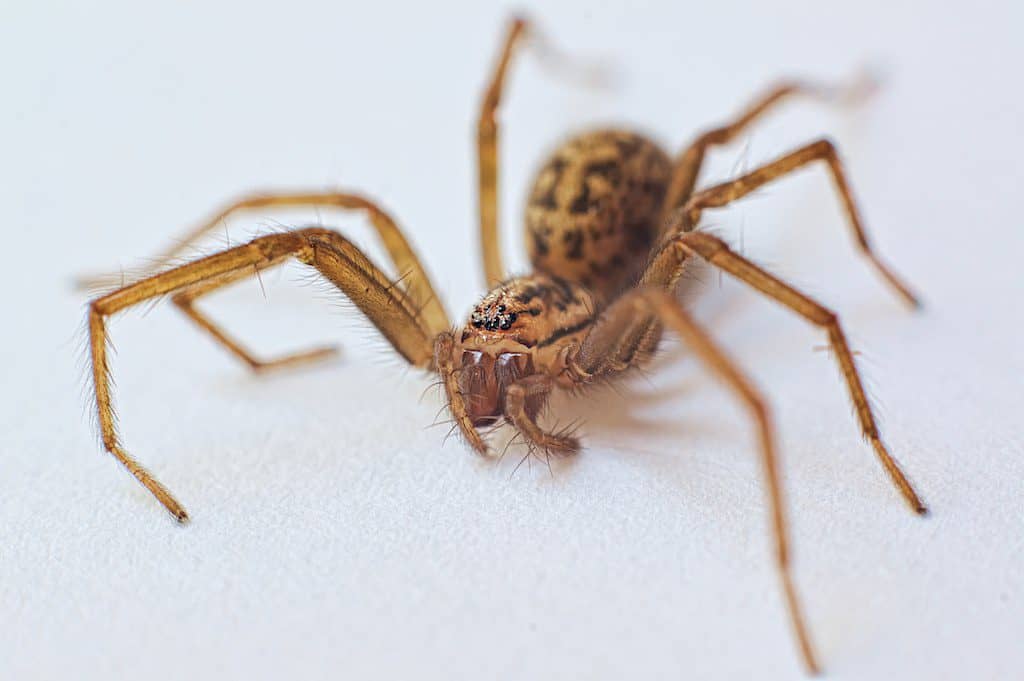
richard pigott
https://commons.wikimedia.org/wiki/File:Giant_house_spider_(Tegenaria_duellica).jpg
How Many Spiderlings Can A Tarantula Have?
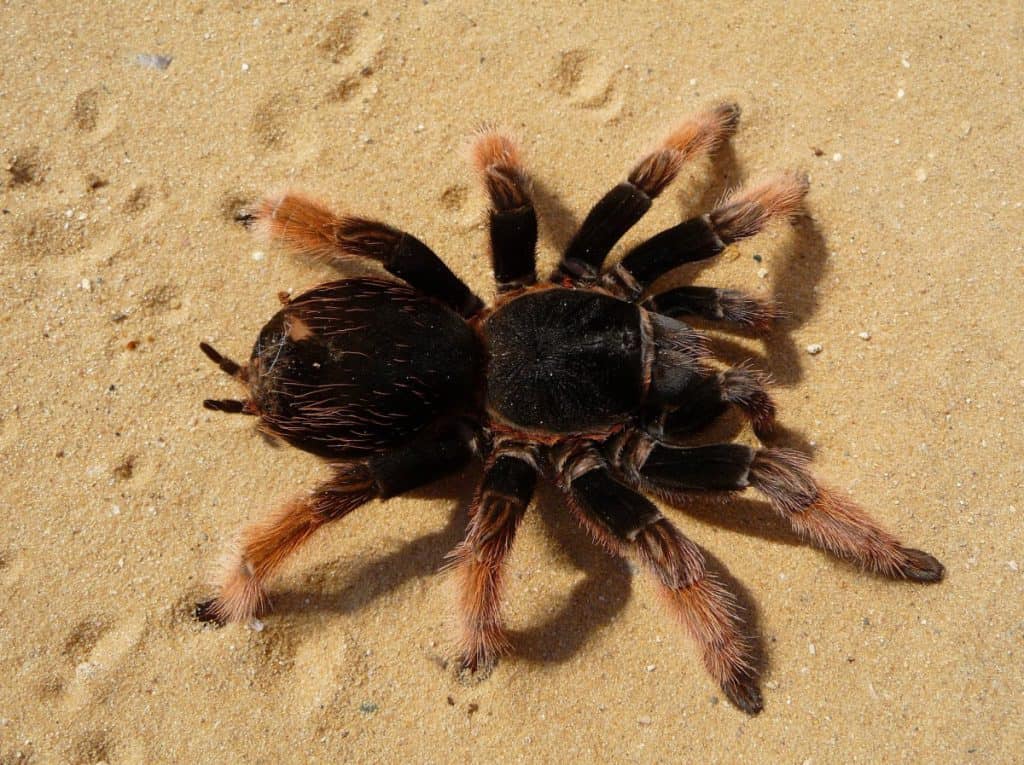
Tarantulas of North America are common in the south and west. These spiders grow over an inch with leg diameters of up to six inches. Unlike their cousins from South Americans, the tarantula of North America is rarely dangerous to humans. These spiders are shy and tend to avoid human contact by scurrying away. Their hair is more important than their bite. Tarantulas use their back legs to fling their hair at their enemies when disturbed. Their hair can irritate mucous membranes, skin, and eyes. Tarantulas lay between 500 and 1,000 eggs at a time, all of which turn into spiderlings.
Tarantulas are fascinating. If you’re interested in learning more about them, here’s one of our many articles: Do Tarantulas Like Being Stroked?
How Many Spiderlings Can Nursery Web Spiders Have?
Common in the Northwest, these spiders are named for carrying the egg sac and their maternal behavior even while running over open waters. Sometimes, they build their spiderlings a silk nursery web. Most are found near water. They tend to inhabit houses, prairies, meadows, and woodlands. These spiders grow large enough with a leg span across the palm of an adult human. This type lays a few hundred eggs per sac, with the eggs turning into spiderlings.
How Many Spiderlings Can Orb Weavers Have?
These spiders include families of Argiope, barn spiders and garden spiders. These resemble each other with hairy, big bodies that reach up to 7/8 inches long. Each day, many spin new webs. Often, the largest of the garden spiders are the Golden Silk Spider and Argiope. The yellow and black Argiopes grow up to over an inch. It spins spiraling, vertical, large webs within plants. Often, males build webs connected to outlying portions of the web of the females, Golden Silk female spiders are also known as Banana Spiders, Calico Spiders, and Giant Wood Spiders. Sometimes, these are confused with the Argiope black and yellow female. However, Golden Silk Spiders can reach up to three inches long. This type lays a few hundred eggs at a time, which turn into spiderlings.
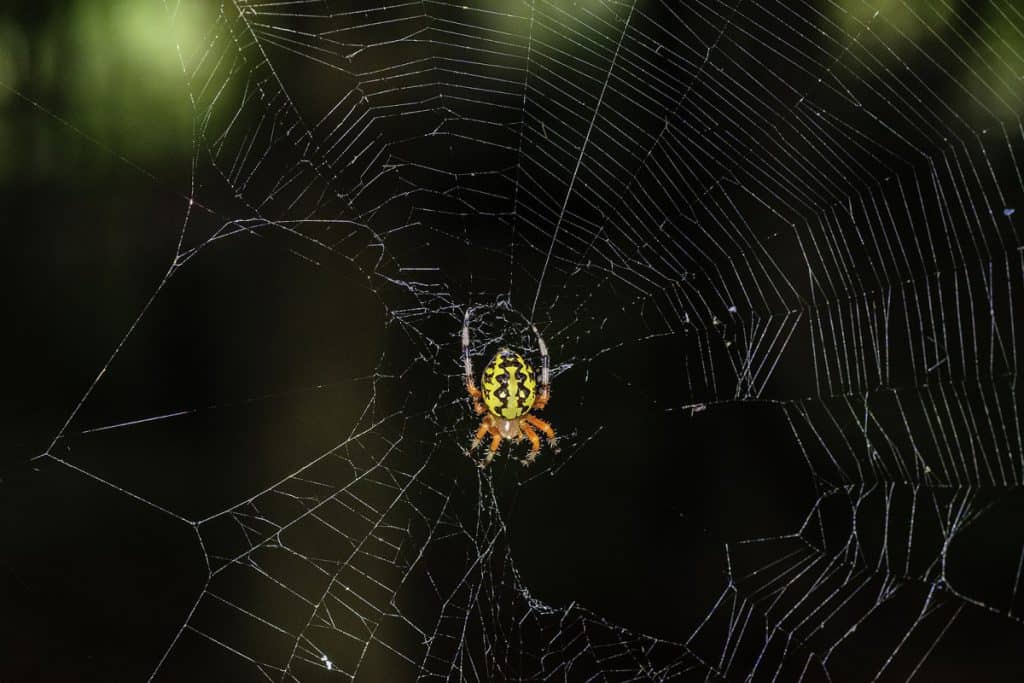
PumpkinSky
https://commons.wikimedia.org/wiki/File:Orb_Weaver_spider_2_LR.jpg
Spiders and their spiderlings:
| Comb Foot Spiders | lay 25-1000 eggs; all turn into spiderlings |
| Hobo Spiders | lay 100 eggs; all turn into spiderlings |
| Domestic House Spiders | lay up to 50 eggs |
| Cupboard Spider | lay 150-300 eggs; al turn into spiderlings |
| American House Spider | lay over 4,000 eggs in a lifetime |
| Jumping Spider | lay 135 eggs at a time; all turn into spiderlings |
| Cellar Spiders | lay 20-30 eggs per cocoon |
| Wolf Spiders | lay 100 eggs at a time |
| Giant House Spiders | lay 50 eggs per egg sac; 1% turn into spiderlings |
| Tarantulas | lay 500-1,000 eggs at a time; all turn into spiderlings |
| Nursery Web Spiders | lay a few hundred eggs per egg sac; turn into spiderlings |
| Orb Weaver Spiders | lay a few hundred eggs at a time; turn into spiderlings |
Sources:
https://en.wikipedia.org/wiki/Spider
https://www.livescience.com/topics/spiders
https://science.sciencemag.org/content/362/6418/1052
If you enjoyed reading this article, why not check out our articles on What Do Spiders Eat? The Complete Guide and Do Male Spiders Spin Webs? Not What You Expected
Recent Posts
Tiny Black Bugs in Bathroom NO WINGS: What They Are and What to Do!
Finding tiny black bugs in your bathroom can be uncomfortable, to say the least. Especially if they are persistent, or they appear in very large numbers, which they often like to do. When it...
Tiny Black Bugs in Plant Soil - What Are They & What To Do About It
A short horror story: You get a new houseplant. You do your best to take care of it. You’ve ensured that it has the right soil, the right amount of sun, it gets enough water. And then one day, you...

